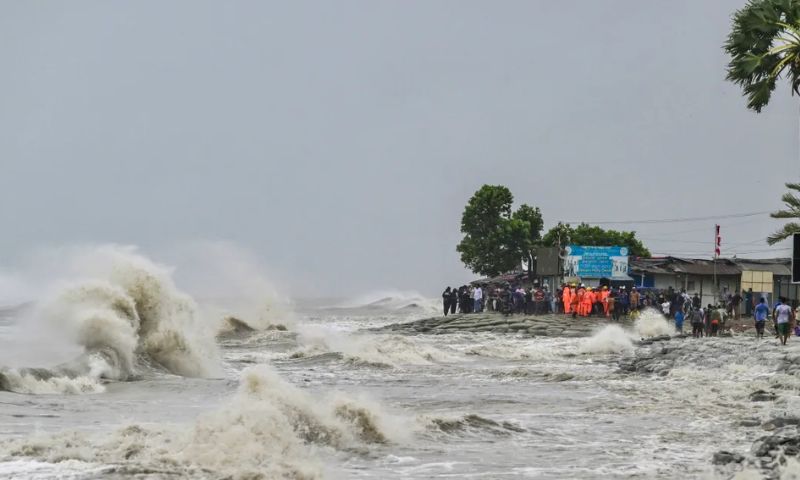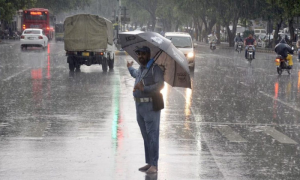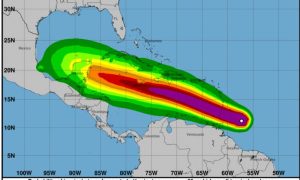PATUAKHALI, Bangladesh: Bangladeshi weather experts have attributed the rapid formation and extended duration of Cyclone Remal, which caused widespread destruction and claimed at least 21 lives, to the impacts of climate change.
Cyclone Remal made landfall on Sunday evening, unleashing fierce gales and crashing waves across low-lying Bangladesh and neighboring India. Thousands of homes were destroyed, seawalls were smashed, and cities were flooded.
Azizur Rahman, director of the Bangladesh Meteorological Department, noted that Cyclone Remal battered the country for more than 36 hours, making it one of the longest-lasting cyclones in Bangladesh’s history. For comparison, Cyclone Aila, which struck in 2009, lasted around 34 hours. Rahman emphasized that the increasing frequency and intensity of such superstorms can be linked directly to climate change.
Rahman highlighted the unprecedented speed at which Cyclone Remal developed. “It took only three days for it to evolve from low pressure to a severe cyclone in the Bay of Bengal,” he said, a phenomenon he attributed to climate change. Typically, cyclones in the region form more slowly, taking seven to eight days to become severe.
Despite the destructive power of Cyclone Remal, improved forecasting and evacuation measures have helped reduce casualties. In Bangladesh, the cyclone resulted in 15 deaths, with victims succumbing to drowning, collapsing houses, and falling trees. Additionally, three people in Dhaka died from electrocution when live wires fell during the storm. In neighboring India, six fatalities were reported in West Bengal.























